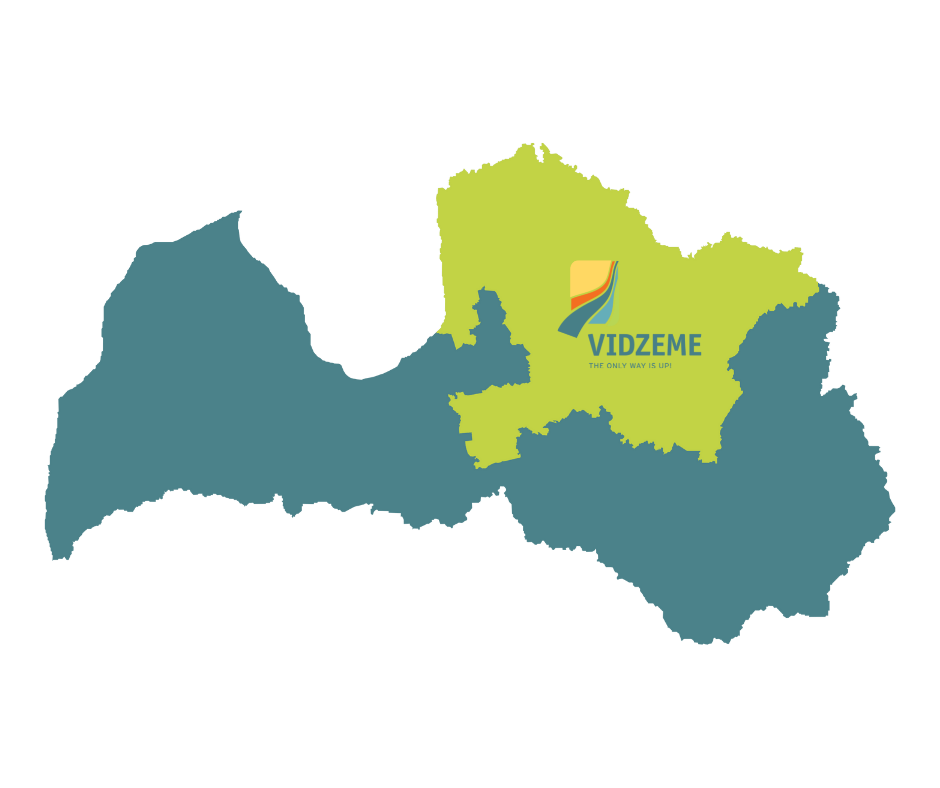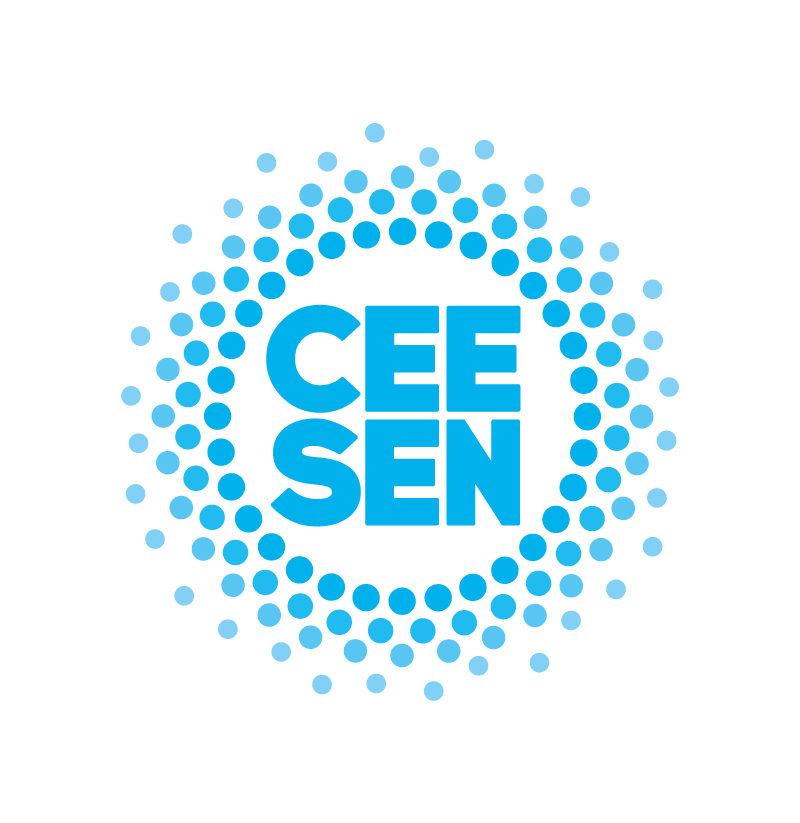 Vidzeme Planning Region (VPR) is one of five NUTS3 regions in Latvia comprising 11 municipalities located in the Northern part of Latvia with an area of 19 809 km2 (1/3 of the whole country) and 276 000 inhabitants (14, 7 % of the entire country). The region borders Estonia to the North, Russia to the East and the Baltic Sea to the West.
Vidzeme Planning Region (VPR) is one of five NUTS3 regions in Latvia comprising 11 municipalities located in the Northern part of Latvia with an area of 19 809 km2 (1/3 of the whole country) and 276 000 inhabitants (14, 7 % of the entire country). The region borders Estonia to the North, Russia to the East and the Baltic Sea to the West.
Planning regions in Latvia are both administrative territories and regional development planning and coordinating institutions under the supervision of the Ministry of Environment Protection and Regional Development of Latvia.
VPR ensures regional strategic and spatial planning and develops and implements cooperation projects between municipalities, governmental institutions, entrepreneurs, R&D organisations and NGOs to reach the strategic targets in the region.

Since VPR started implementing international projects, an extensive cooperation network has been developed, which includes more than 230 partner organisations in 28 countries. The considerable number of contacts has allowed VPR to implement projects successfully and use access to extensive knowledge and experience to implement it all with the financial support of the European Union.
VPR’s competence is proved by its extensive experience in implementing European Union projects not only in strategic and spatial planning and environment and energy but also in entrepreneurship and vocational training, mobility and transport, bioeconomy, landscape protection and management, culture and tourism, and others.
Sustainable energy planning is defined as one of the goals in the regional Long-Term Development Strategy 2030 and Mid-term Development Programme 2022-2027. Consequently, VPR is willing to provide the necessary support to local municipalities, NGOs, and SME`s improve their knowledge of energy management.

VPR has set a goal and stated the regional energy vision: in 2050, the Vidzeme Planning Region is the region of smart solutions and climate aware population. Based on ICT and smart technologies & networks, the Region effectively utilises all available renewable energy resources and widely implements energy efficiency measures. The region’s economy is based on circular economy principles and ensures competitive development and increased well-being alongside minimal CO2 emissions. The region in 2050 will emit around 70% less CO2 than in 2015; the emissions reduction is reached in all sectors of the region’s economy. Regional and local governments implement highly competent governance aimed at the sustainable use of natural capital and responding/adapting to climate change.
The priority areas in which the planning region and local governments can provide high impact are energy efficiency in public and residential buildings and bioenergy production from available biomass resources in the region. On top of it, to provide adequate governance in these areas and promote stakeholders’ cooperation, establishing a regional level of comprehensive and qualitative energy information systems and cross-sectorial cooperation networks devoted to noted energy issues is necessary.
The key features of the Vidzeme Planning Region in 2050 in these areas are: (i) a considerable amount of new nearly zero energy buildings is in place, the dominating part of existing buildings are renovated to increase their energy efficiency, (ii) efficient DH supply in combination with effective decentralised technologies is used for urban heating systems, including the integrated feedback which enables consumers’ flexible energy consumption and production; (iii) the demand-driven energy management systems are implemented in both public and residential buildings; smart, real-time monitoring tools promote energy-efficient lifestyle and supportive, flexible infrastructure regarding energy consumption and decentralised production, (iv) public buildings serve as a guiding example, (v) well-considered spatial planning and by-laws on building promote energy efficiency raising and local/regional RES utilisation.
